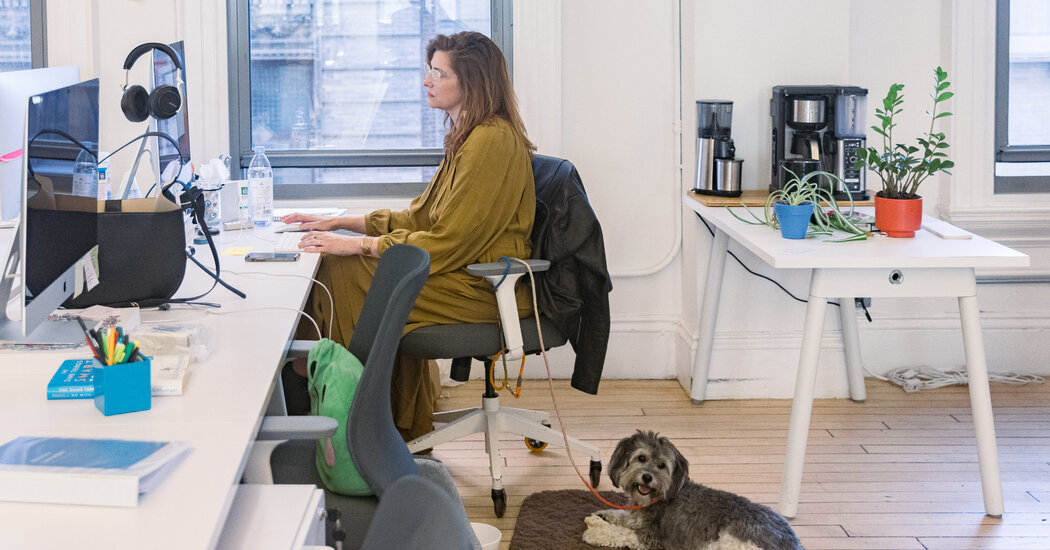

“As they’re talking about how hard it is for people who are remote to keep up with conversations, they’re covering the camera,” Mr. Hautop said, adding: “People on my team were pinging me saying, ‘I can’t believe they’re doing this.’ And I was apologizing, saying, ‘Hey, guys, I’m sorry this is happening, they’re apparently not aware.’”
Last summer, LinkedIn told its 16,000 employees worldwide that its return-to-office plan announced in October 2020 had been scrapped, and that individual departments would decide where their people could work, becoming one of more than 60 major companies that have promised some permanent form of flexibility.
Mr. Hautop and his team took stock of the difficulties bred by that approach. They upgraded audiovisual equipment in conference rooms and considered distributing ring lights to in-person workers at their desks so their faces wouldn’t be awkwardly lit on calls. They planned “on-site off-sites,” so employees could remember what it was they loved about the office.
“Hybrid is most definitely tougher than completely in person or completely remote,” Mr. Hautop said. “It takes a lot more forethought, and none of us, or anybody else at any company, has figured out exactly how it’s going to work.”
If hybrid is a challenge for even the people of LinkedIn — the gurus of connectivity, the maestros of professional networking — where’s the hope for everyone else?
Asana, which makes collaboration software, recently gathered its executives for a discussion planning for the office’s official reopening. Half the participants were at the San Francisco headquarters, and the other half joined by videoconference. The remote workers, including the company’s chief executive, started to lose patience as people in the room talked over one another and made side comments.



